By Laura Lorenz, PhD, MEd and Olivia Iovino, MSN, ARNP-C
We are commonly asked about the differences between these two methods, Photovoice and Photo elicitation, but let’s first talk about how they are similar. Both Photovoice and Photo elicitation use photographs for gathering information about a focus group or population either for research, education, advocacy, or healing. With Photovoice, the participants will take photos and bring them back to the group for discussion. After discussing the photo, the participants will write captions or narratives describing why they took the photos, and the group can put the photos into categories and potentially exhibit them for community education or advocacy. Photo elicitation is performed one on one between the facilitator and the participant. In some circumstance, the facilitator will have the participant take photos for discussion, but in other cases, the facilitator may use a pre-selected set of photographs such as photos of a particular location or historical photos. The facilitator will interview the participant to understand their reaction to the photos. Let’s discuss some reasons to pick one method over the other depending on the goals of your project and the resources available to you.
Because Photovoice is a group process, individual members of the group can feel empowered by the project. The members provide support for each other, for example with photo ideas and caption or narrative writing. Through sharing their experiences, the participants gain an understanding they are not alone in the subject they are going through. Laura discovered on a Photovoice project conducted in 2006 with an already established support group for people with acquired brain injury that the project benefited the participants so much, they have continued to build on the original project to this day. Some members of your group will also develop or enhance their leadership abilities.
In other circumstance, photo elicitation project might make more sense for you. If your study population is separated by a large distance without easy transportation to a meeting point, the one on one interviews may be more feasible. Also, your focus may be on an issue where confidentiality is very important, in which case sharing in a group may not be ideal. If your topic only has a small pool of people available for study, the sample size might lead you to choose photo elicitation as well. This could also be better on a tight budget. Finally, if there are severe communication issues beyond the simple fix of having a translator, this method could be the right choice for you.
If you like both methods, though, you can use both if you have the means and desire. You might start with a group Photovoice project, and then do one on one interviews with some of the participants afterwards. Or if your group is spread over a big distance, you could do photo elicitation with the members, then bring them together for just one group discussion session after the captions have been written, to share about the experience and group the photos into themes.
To learn more about the Photovoice project on acquired brain injury go to: http://photovoiceworldwide.com/projects
To learn more about training and consultation opportunities go to: http://photovoiceworldwide.com/lectures
